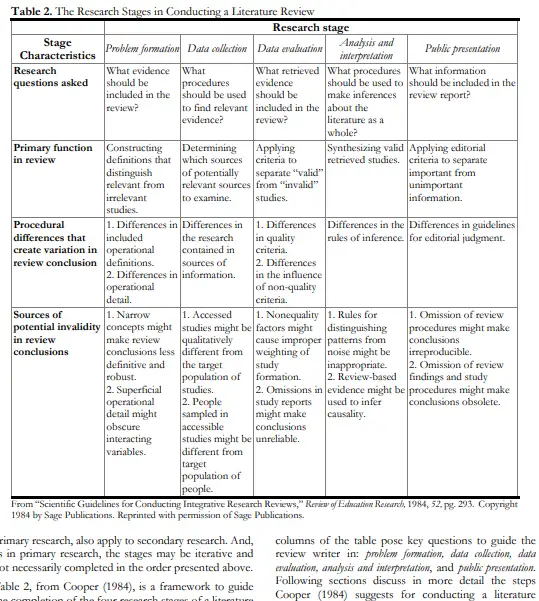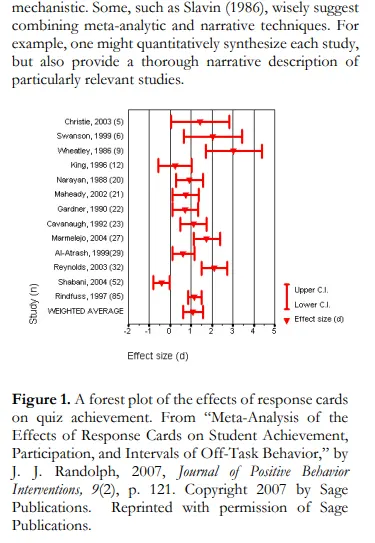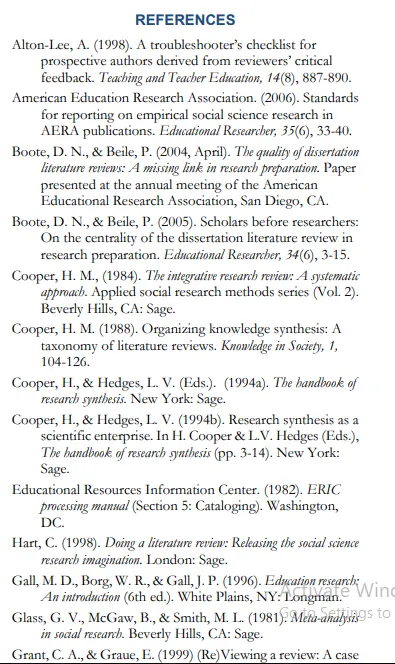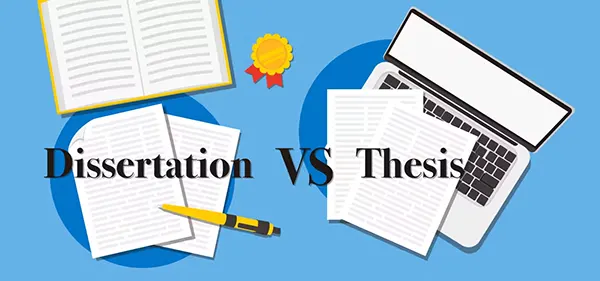How To Choose The Best Dissertation Writing Company: Trendy Tips
Unable to balance the quality of the dissertation (research) paper and the deadlines? Well, it is now possible by opting for DissertationTeam.com: The Art of Dissertation Writing without straining the pocket!
A dissertation is the process of presenting the findings after going through various stages of processing for drafting scholarly writing.
Despite the fact it is quite demanding when it comes to getting to the final cut, it is no longer that hard due to the availability of several dissertation writing companies in the market. They do all the work for you with the desired content, and skills, as they set strict standards while drafting the paper for the scholar.
This helps us as students to save time and money while getting the best results. Looking forward to such services? By the end of this article, let us get enlightened by the concept of a dissertation and how to choose the perfect company for it.
Understanding The Concept Of Dissertation: The Underlying Structure

The idea of dissertation writing is concerned with the art of producing well-organized and original content for the specific field in the subject that has been assigned to them.
Remember that the subject is selected by the students in their 2nd year in the masters, according to which the professor assigns them a specific field to research that’s relevant to the subject.
There are a lot of procedures involved in writing research papers. It is as follows:
- Brainstorm On The Given Topic
- Investigate
- Review The Research Papers Relevant To Topic
- Strategic Planning
- Data Analysis
- Research, Research, And Research! (Conducting Field Studies)
- Organize The Research Material
- Structuring & Creating An Outline
- Revision
- Final Draft
Now that we are well aware of the steps involved in drafting scholarly, let us also get to know about the structure of it.
Title Page:

- Word Count of the title should be 10-12.
- Title, Researcher’s Name, and their college.
NOTE: The Title should be in all CAPITAL LETTERS and should not exceed 50 characters!
Abstract:

An abstract is the summary of the work, which is supposed to be no more than 120 words, 1 paragraph, in block format, and double-spaced.
- It should provide an overview of the Topic, Methods, Results, and Discussions.
Introduction:

- Instead of giving off a soulless start, kick-start the paper with either interesting or thought-provoking inputs. This will capture their attention instead of snoring within a stanza!
- The intro should have that logical flow, creating a rhythm between the ideas that lead to the hypothesis and statement of purpose.
- No one is obliged to explain the references used at the start since anyone can just summarize the key articles and the findings.
- Remember that it is just not the college fellows and professors reading them, so keep the language easy. This will help the general audience to understand it better.
Method:
The Method section is believed to be the most straightforward part of the paper to be written. Describing the details of the study in a manner that allows other fellow researchers to duplicate our methods exactly is the goal of it.
NOTE: In some studies, certain types of methods can be way more useful to present before the procedure section rather than after it.
- Participants:

Write for a broad audience and mention the following:
- Total number of participants (men and women)
- Age range (Mean & Standard Deviation for age)
- Ethnic Composition (if applicable)
- Population type (students, adults, etc.)
- Their recruitment process (what was offered in return for being the subject: financial incentives, or credits)
Materials:
First and foremost, mentioning unnecessary things like pen & pencil is not required. Instead, mention things like questionnaires, apparatus, or response sheets used and so forth.
Apparatus:
The apparatus section includes the specialized instruments that were used for research and describes them in detail. For example, test tubes, beakers, or thermometers to name a few.
Procedure:

One needs to explain what the participants did and in which order & why this method was adopted. The statement of purpose should be made here and make sure it shouldn’t feel repetitive.
Results & Discussions:

Include the stats, analysis, and what type of test was conducted under this. Do not explain the interpretations of the figurative results here because that is to be saved for the discussion part.
Under the discussion section, talk about the pros & cons of the study after interpreting the outcomes. One can also add the queries that have come up while conducting the whole study.
References:

References are provided alphabetically to give credit to the original writers of those research papers.
These following steps are accepted worldwide. This famous format was proposed by the APA (American Psychological Association) in 1929!

Did You Know?
Have you always considered Thesis and Dissertation to be the same? Then it is time to correct that misunderstanding, because they are two different things!
While the thesis relies on existing research, the dissertation requires the students to conduct it themselves and analyze it.
What To Look For In a Dissertation Writing Company?
As we explored the ways to draft the paper, it was very clear that the process is quite time-consuming and can be tiresome when one doesn’t have the direction from where the person can start. In such cases, professional writers can come to the rescue!
So while selecting a company, consider the following factors:
- Review In-depth: Take your time to read the reviews and ratings of the previous customers, and also check their online presence in the market. Also, check out their pricing.
- Study The Samples: Look out for the samples provided by the company for the audience. Make sure to check the format, plagiarism issues (originality), and quality of the work. Do not compromise on the standards and the requirements.
- Experience: Check if the writers are experienced or not in the field of study you need.
- Customization: If they have the options for providing the instructions and getting it tailored according to needs.
In the end, trust your gut feeling and think about these things when choosing a company for your dissertation. It depends on your degree. This can help you save money and time!








